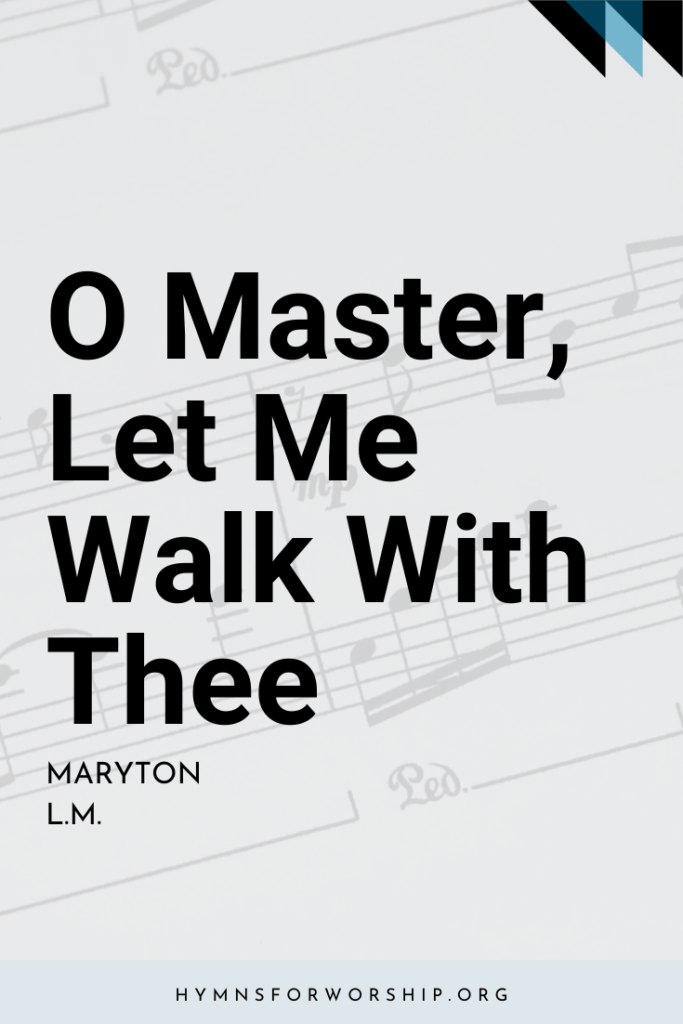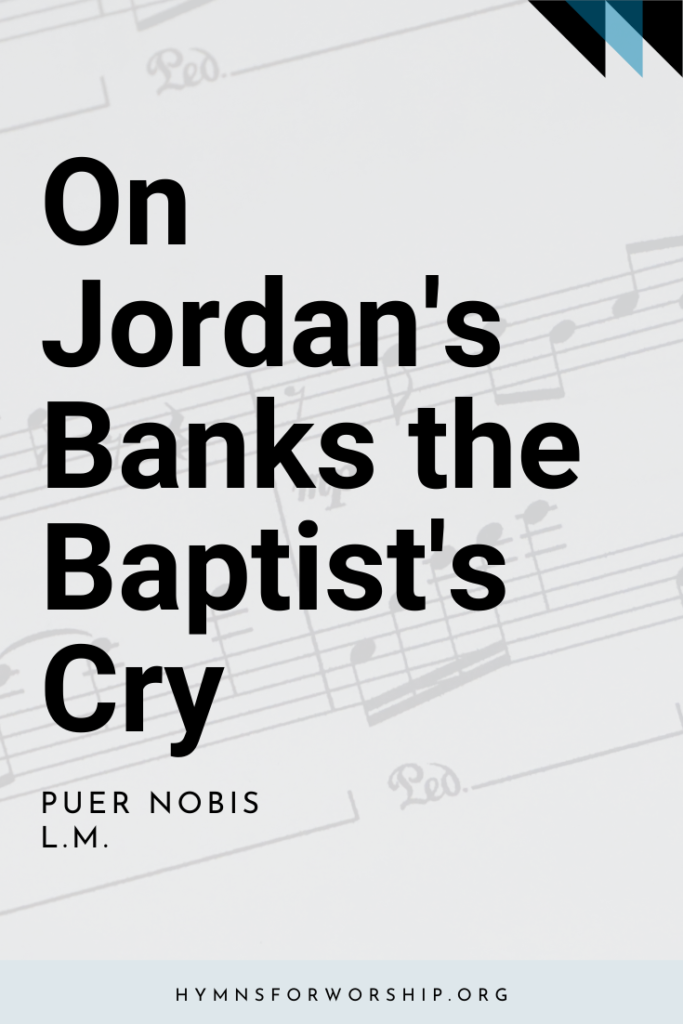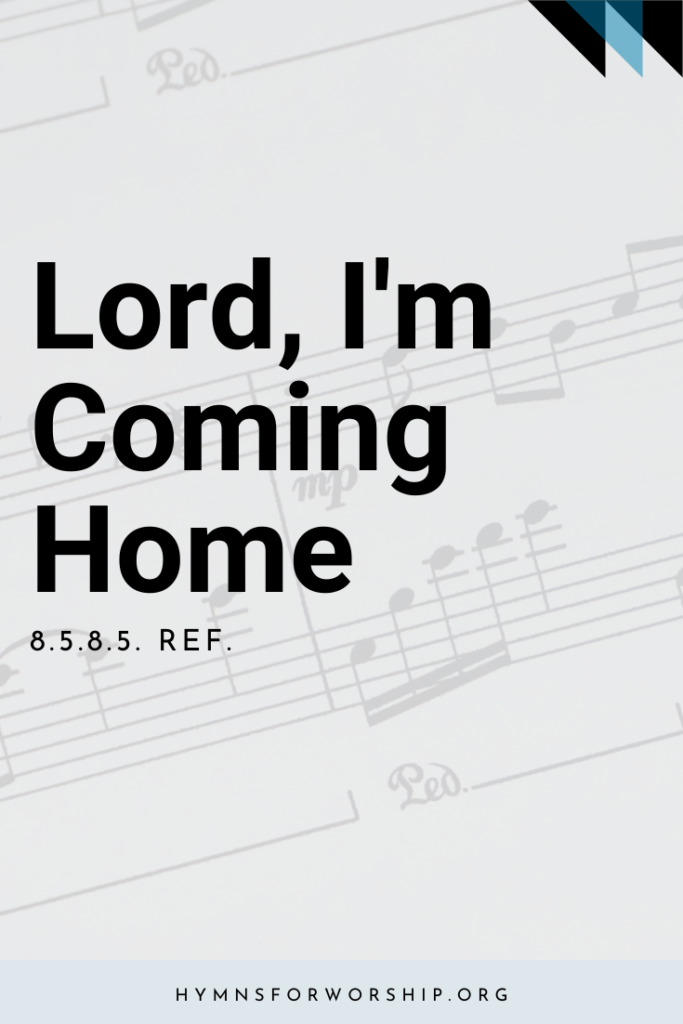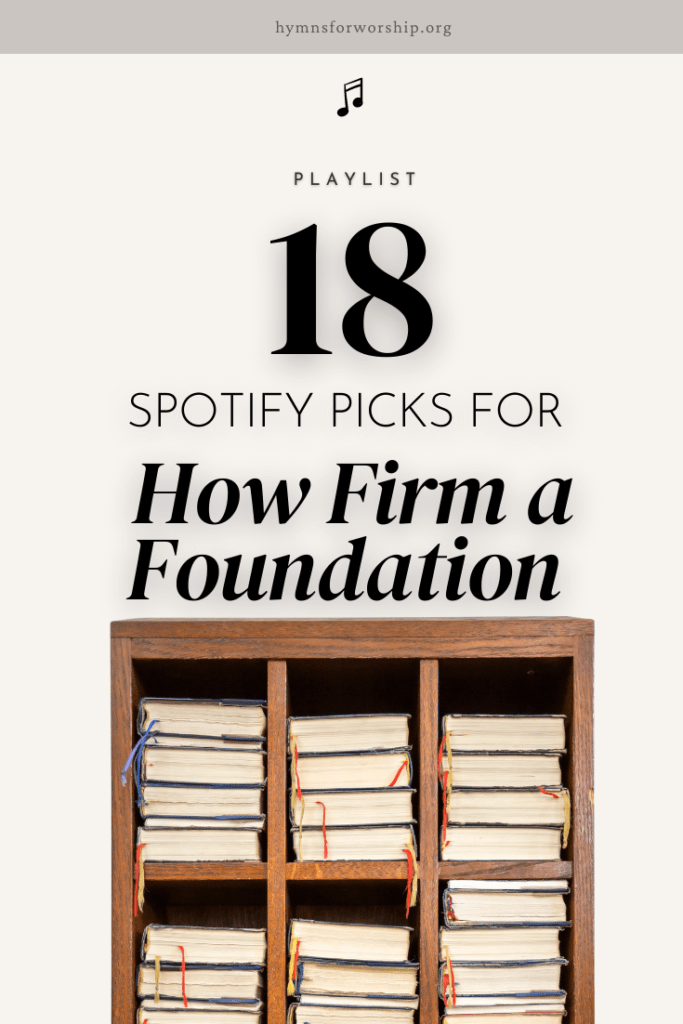GOD THE FATHER >> Faithfulness of God
SDAH 100
Great is Thy faithfulness, O God my Father;
There is no shadow of turning with Thee;
Thou changest not, Thy compassions, they fail not;
As Thou hast been, Thou forever will be.
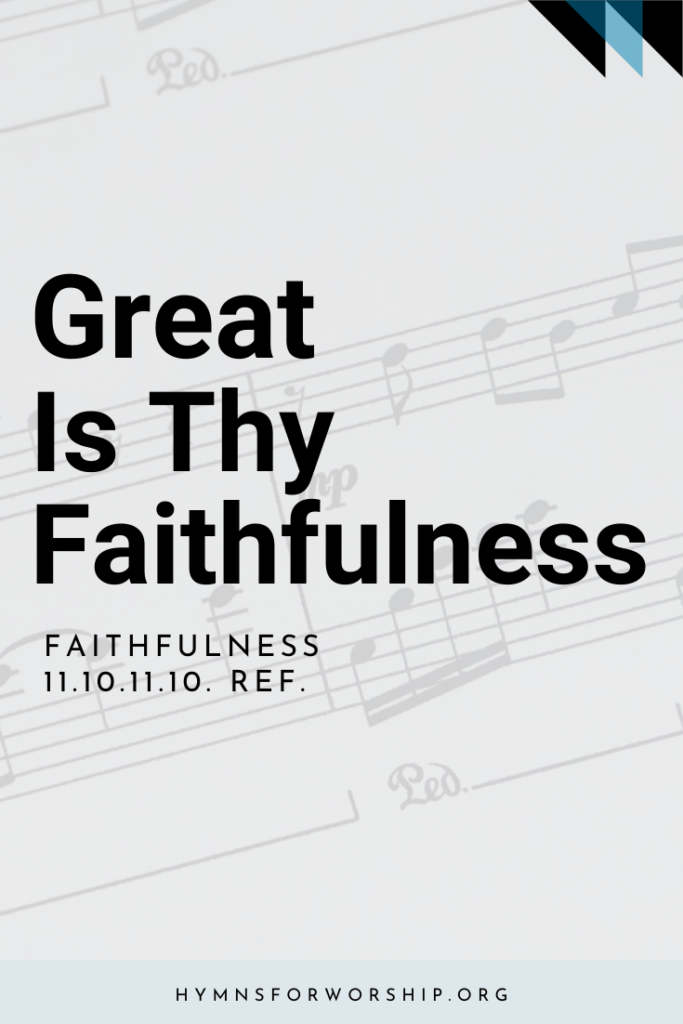
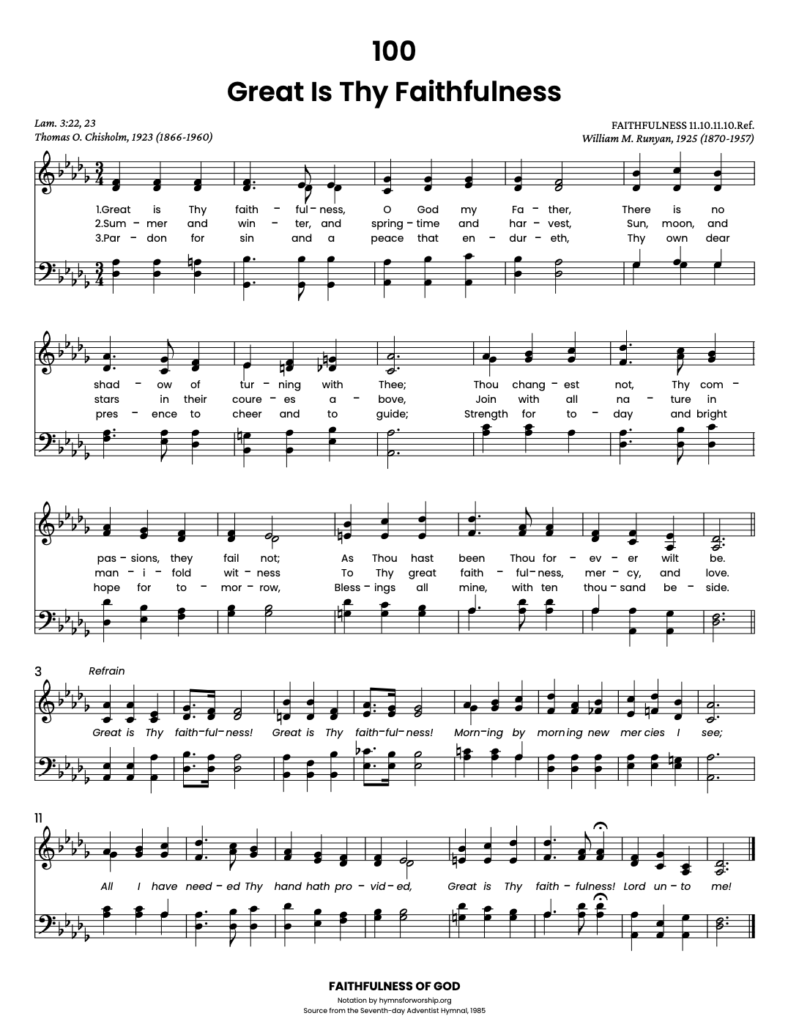
Get the hymn sheet in other keys here
For Worship Leaders
Make each hymn more meaningful with these helpful tools: Short, ready-to-use hymn introductions for church bulletins, multiple ways to introduce a hymn based on your worship theme and in-depth history and insights to enrich your song service.
Hymn Spotlight: Great Is Thy Faithfulness
Thomas O. Chisholm wrote this hymn in 1923 and sent it to his friend William M. Runyan, who prayed that his tune would do justice to the powerful lyrics. The result was Great Is Thy Faithfulness, which became widely known after its adoption by Moody Bible Institute as an unofficial theme song. Rooted in Lamentations 3:22-23, the hymn speaks of God’s unchanging mercy and provision.
May this song remind us of the steadfast love of our faithful God, whose mercies are new every morning. As we sing, let us praise Him for His unwavering faithfulness in our lives.


Text
1
Great is Thy faithfulness, O God my Father;
There is no shadow of turning with Thee;
Thou changest not, Thy compassions, they fail not;
As Thou hast been, Thou forever will be.
Refrain
Great is Thy faithfulness!
Great is Thy faithfulness!
Morning by morning new mercies I see.
All I have needed Thy hand hath provided;
Great is Thy faithfulness, Lord, unto me!
2
Summer and winter and springtime and harvest,
Sun, moon and stars in their courses above
Join with all nature in manifold witness
To Thy great faithfulness, mercy and love.
3
Pardon for sin and a peace that endureth
Thine own dear presence to cheer and to guide;
Strength for today and bright hope for tomorrow,
Blessings all mine, with ten thousand beside!

Hymn Info
Biblical Reference
(a) Ps 89:14 (b) Luke 19:6 (c) Eph 3:18, 19
Author
Frederick W. Faber (1814-1863)
Year Published
1854
Hymn Tune
WELLESLEY
Metrical Number
8.7.8.7.
Composer
Lizzie S. Tourjee (1858-1913)
Year Composed
1877
Theme
FAITHFULNESS OF GOD


